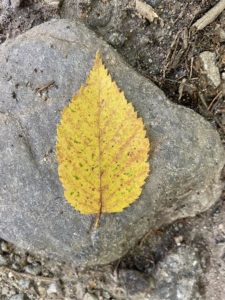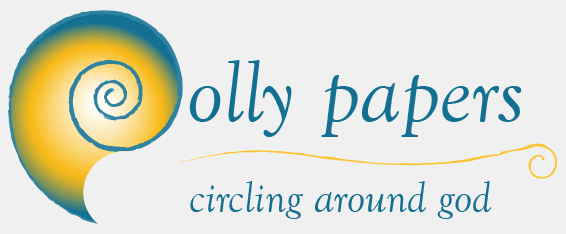Nature’s first green is gold,/ Her hardest hue to hold./ Her early leaf’s a flower;/ but only for an hour./ Then leaf subsides to leaf./ So Eden sank to grief,/ So dawn goes down to day./ Nothing gold can stay.
I n just those first few well-chosen words, Robert Frost captures the essence of early spring. Picture the weeping willow, whose golden tresses trailing in the early spring pond soon turn to green. Imagine April’s early leaves that are, indeed, yellow “but only for an hour” before their full green leafing out. These are nature’s golds.
n just those first few well-chosen words, Robert Frost captures the essence of early spring. Picture the weeping willow, whose golden tresses trailing in the early spring pond soon turn to green. Imagine April’s early leaves that are, indeed, yellow “but only for an hour” before their full green leafing out. These are nature’s golds.
At the end, though, I part company with Frost. He declares: “Nothing gold can stay.” I disagree.
A few days ago, in this season sometimes called late summer-early fall, I was wandering in the northern woods of New Hampshire. Gold was all around me. A beech leaf fallen onto a rock reflected sun’s light. Beside the trail I spied a fallen limb, burnished red-gold. Leaving the wooded trail, I came upon a meadow filled with goldenrod. Walking back to the cabin, I noticed a cluster of black-eyed-susans nodding beside the road. Sunflowers stood tall in a neighboring garden.
There is something about these twice-appearing seasonal flashes of gold that fascinates me. One comes as the earth wakes up; spring is born. The other appears as winter draws near, heralding the end of the northern growing season, moving towards the final harvest of hay-gold grasses.

Could this be Earth’s wise alchemy? Leaves, flowers and fallen logs sink into the ground where their gold lies buried, where mulch and leaf litter soften, cradle and nurture it. Then, as late winter’s snow melts, gold reappears, transformed. It is, once again, “nature’s first green.”
This, I am fully aware, has nothing to do with environmental science. So let’s put that concern aside and follow a different path. Who’s to say that something like this can’t happen? If the first time you saw a butterfly, would you believe that it been, previously, a caterpillar? When you picked up an acorn for the first time, did you see the oak tree inside?
There’s a hymn that goes like this:
In the bud there is a flower/in the seed an apple tree/ in cocoons a hidden promise: butterflies will soon be free./ In the cold and snow of winter there’s a spring that waits to be/unrevealed until it’s season, something God alone can see.*
How do we really know what happens underground during seasonal transformations? Can we measure, even with all of technology available, the mystery of earth’s turning from spring to summer into autumn and the deep winter?
Underground, summer’s bounty dies, witnessed by hibernating creatures, fungal threads and burrowing worms, although not by us. In this hidden womb, new life is forming. It’s something God; or, if you will, Nature’s astounding wisdom, already perceives. Who, then, can say that when our own bodies go into the ground or our ashes are cast upon the water, something like that can’t also happen? Might we experience a transformation into something new? Couldn’t the gold that is our essence survive a long winter?
In our end is our beginning, in our time, infinity,/ unrevealed until its season, something God alone can see.*
*Natalie Sleeth, Hymn of Promise

Just beautiful, Polly — thank you so much.
Great column, Cuz, although you tend to put sciencc in opposition to God d/b/a Nature. I think we do know what happens underground during seasonal transformations, and we can measure the mystery of earth’s turning from spring to summer into autumn and the deep winter.
Oh Polly, I love how you put thoughts and words together, I can envision the nature you describe. I love your ending thoughts, uplifted me today.
Thank you long time friend. I know we saw some gold in Ministerial woods years ago!
Beverly
Comments are closed.